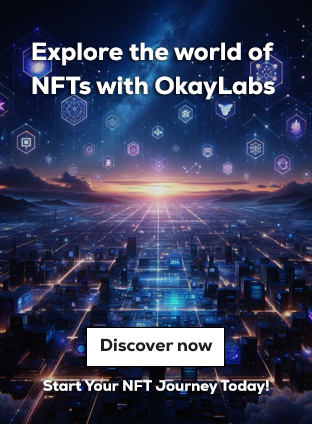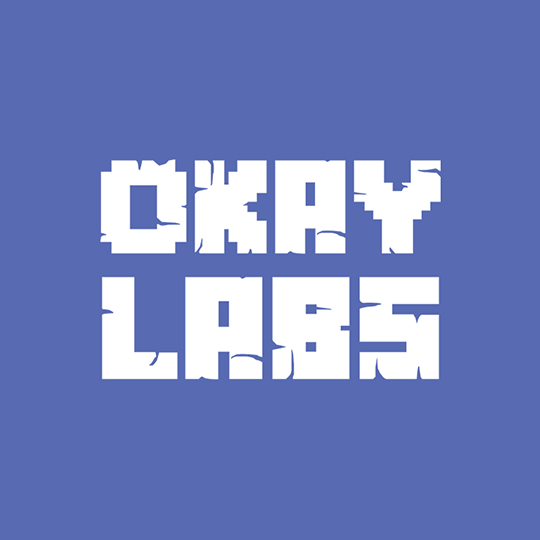The Future of AI Is Almost Here
OpenAI CEO Sam Altman has just dropped some exciting news for AI enthusiasts around the world—GPT-5 is coming soon, and it could be just a few months away. In a recent update posted on X (formerly Twitter) on February 12, Altman outlined the company’s roadmap for the future of its artificial intelligence models, revealing what’s next for the groundbreaking language models that have taken the tech world by storm.
GPT-4.5: The Bridge to GPT-5
Before GPT-5 rolls out, OpenAI is planning to release GPT-4.5, also known internally as Orion. Altman described GPT-4.5 as “the last non-chain-of-thought model” in OpenAI’s AI evolution. This means that GPT-4.5 will serve as a key stepping stone before the launch of GPT-5, and will bridge the gap between the current GPT-4 model and the more advanced GPT-5.

However, what makes GPT-4.5 particularly interesting is its place in the larger picture. According to Altman, after GPT-4.5, OpenAI’s focus will shift to unifying its various AI models, including the o-series and GPT-series models, into a more integrated, holistic system. This system will be able to handle a wide range of tasks more efficiently and intelligently—knowing when to “think for a long time” or when to act quickly.
The Game-Changing GPT-5
GPT-5 is expected to be a significant leap forward, combining much of OpenAI’s current AI technologies into a single, unified system. Altman hinted that GPT-5 will incorporate multiple innovations, including OpenAI’s o3 model—a reasoning-focused system designed to fact-check itself and minimize the risk of generating false or inaccurate information.
This integration means that GPT-5 won’t just be a more powerful language model, but a sophisticated, multi-functional AI system that can be used across a wide array of applications. It’s a move that will likely have far-reaching implications not only for OpenAI’s offerings but for the AI landscape as a whole.
What Is OpenAI’s o3 Model?
For those wondering what’s so special about the o3 model, here’s a quick rundown: o3 (or “O3 reasoning model”) is a cutting-edge tool designed to enhance the AI’s ability to reason, fact-check, and avoid errors. Released in January 2023, o3 has been used to improve GPT’s performance in specific tasks like coding, math, and scientific analysis, making it a valuable asset for more technical and knowledge-intensive applications.
With the integration of o3 into GPT-5, OpenAI aims to create a more reliable and accurate AI model that can tackle complex problems without tripping over basic mistakes. Altman emphasized that o3 will no longer be a standalone model after GPT-5’s release, but instead, it will become a core part of the new unified system.

Free Users Get Access, But With Limits
One of the most exciting aspects of GPT-5’s upcoming launch is that even free users will have access to the new AI model, subject to what Altman described as “abuse thresholds.” This means that while everyone will get a taste of GPT-5’s capabilities, premium and pro users will be able to take advantage of the model’s full potential, running GPT-5 at a higher level of intelligence and sophistication.
While Altman didn’t provide exact dates, he did confirm that GPT-4.5 will be released in a matter of weeks, with GPT-5 following soon after, likely in just a few months. Given the rapid pace of development at OpenAI, this timeline is looking more and more like a reality.
The AI Race Heats Up
As OpenAI gears up for the release of GPT-5, the broader AI landscape is becoming increasingly competitive. New players are entering the scene, including DeepSeek, an AI model that functions similarly to ChatGPT. DeepSeek’s launch has already stirred the pot in US stock and crypto markets, raising concerns about data privacy and AI competition. Microsoft and OpenAI are reportedly investigating whether data from ChatGPT’s API was improperly accessed by a group linked to DeepSeek.
But it’s not just OpenAI and its rivals that are making headlines. In December 2023, Google’s AI lab DeepMind launched its Gemini 2.0 model, positioning it as the foundation for future AI agents. And Salesforce CEO Marc Benioff, speaking on The Wall Street Journal’s Future of Everything podcast, suggested that the future of AI lies in autonomous agents rather than traditional language models.
Meanwhile, Nvidia’s CEO, Jensen Huang, made it clear that his company is focused on leading the charge in agentic AI, which could represent the next frontier in the AI revolution.
What Does GPT-5 Mean for the Future?
GPT-5’s release marks an exciting new chapter in the development of artificial intelligence. As OpenAI moves toward creating more powerful, integrated systems, the boundaries of what’s possible with AI are expanding rapidly. With new reasoning models like o3, deeper integration of various technologies, and a focus on multi-functional AI, GPT-5 promises to be a game-changer not just for OpenAI, but for the entire tech industry.
The integration of autonomous agents, advanced reasoning capabilities, and AI tools that can adapt to a wide variety of tasks points to a future where AI isn’t just a tool but an intelligent partner capable of solving complex problems with minimal human intervention.
As OpenAI continues to innovate, the world is watching closely. Whether you’re a tech enthusiast, a business leader, or a casual user, one thing is clear: the future of AI is evolving fast, and GPT-5 could be the next big leap forward.



